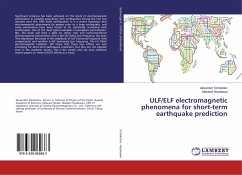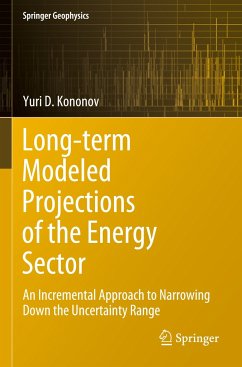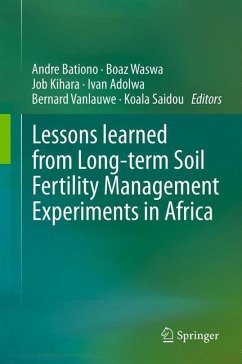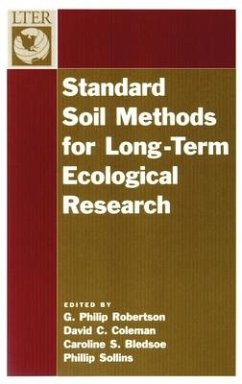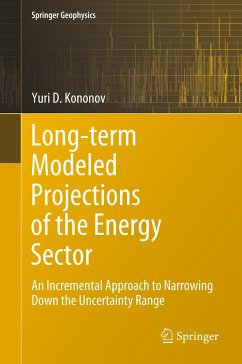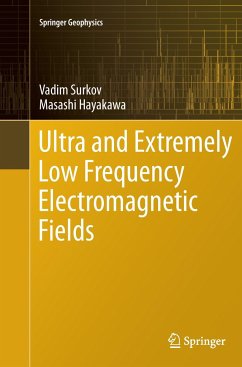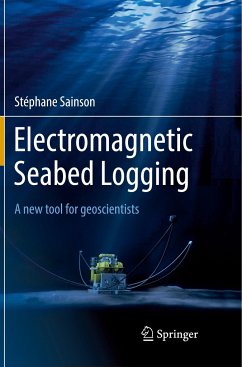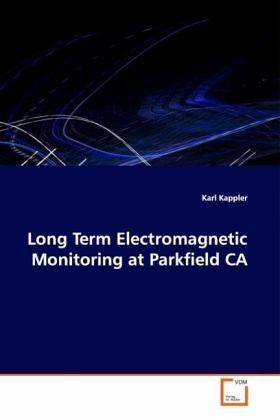
Long Term Electromagnetic Monitoring at Parkfield CA
Versandkostenfrei!
Versandfertig in 6-10 Tagen
52,99 €
inkl. MwSt.

PAYBACK Punkte
26 °P sammeln!
Electric and magnetic fields in the ULF bandwere monitored at two sites adjacent to the SanAndreas Fault near Parkfield andHollister, California. A data window enclosing theSeptember 28, 2004 M6 Parkfield earthquake, wasanalyzed to determine if anomalous electric ormagnetic fields, or changes in ground conductivity,occurred before the earthquake. Threemain statistical techniques were employed to separatelocal anomalous electrical or magnetic fields fromthe dominant coherent natural fields: transferfunction and residual field estimates betweencomponents at each site; principal componentanalysis...
Electric and magnetic fields in the ULF band
were monitored at two sites adjacent to the San
Andreas Fault near Parkfield and
Hollister, California. A data window enclosing the
September 28, 2004 M6 Parkfield earthquake, was
analyzed to determine if anomalous electric or
magnetic fields, or changes in ground conductivity,
occurred before the earthquake. Three
main statistical techniques were employed to separate
local anomalous electrical or magnetic fields from
the dominant coherent natural fields: transfer
function and residual field estimates between
components at each site; principal component
analysis; and canonical coherence analysis were
employed to distinguish anomalous fields which are
spatially broad from those which occur at a
single site only, and to distinguish
signals present in both the electric and
magnetic fields from those which are present in only
one field type. Standard remote reference apparent
resistivity estimates were generated daily at
Parkfield. In all cases, high levels of sensitivity
to subtle electromagnetic effects were demonstrated,
but no effects which can be reasonably characterized
as precursors to the Parkfield earthquake were found.
were monitored at two sites adjacent to the San
Andreas Fault near Parkfield and
Hollister, California. A data window enclosing the
September 28, 2004 M6 Parkfield earthquake, was
analyzed to determine if anomalous electric or
magnetic fields, or changes in ground conductivity,
occurred before the earthquake. Three
main statistical techniques were employed to separate
local anomalous electrical or magnetic fields from
the dominant coherent natural fields: transfer
function and residual field estimates between
components at each site; principal component
analysis; and canonical coherence analysis were
employed to distinguish anomalous fields which are
spatially broad from those which occur at a
single site only, and to distinguish
signals present in both the electric and
magnetic fields from those which are present in only
one field type. Standard remote reference apparent
resistivity estimates were generated daily at
Parkfield. In all cases, high levels of sensitivity
to subtle electromagnetic effects were demonstrated,
but no effects which can be reasonably characterized
as precursors to the Parkfield earthquake were found.



